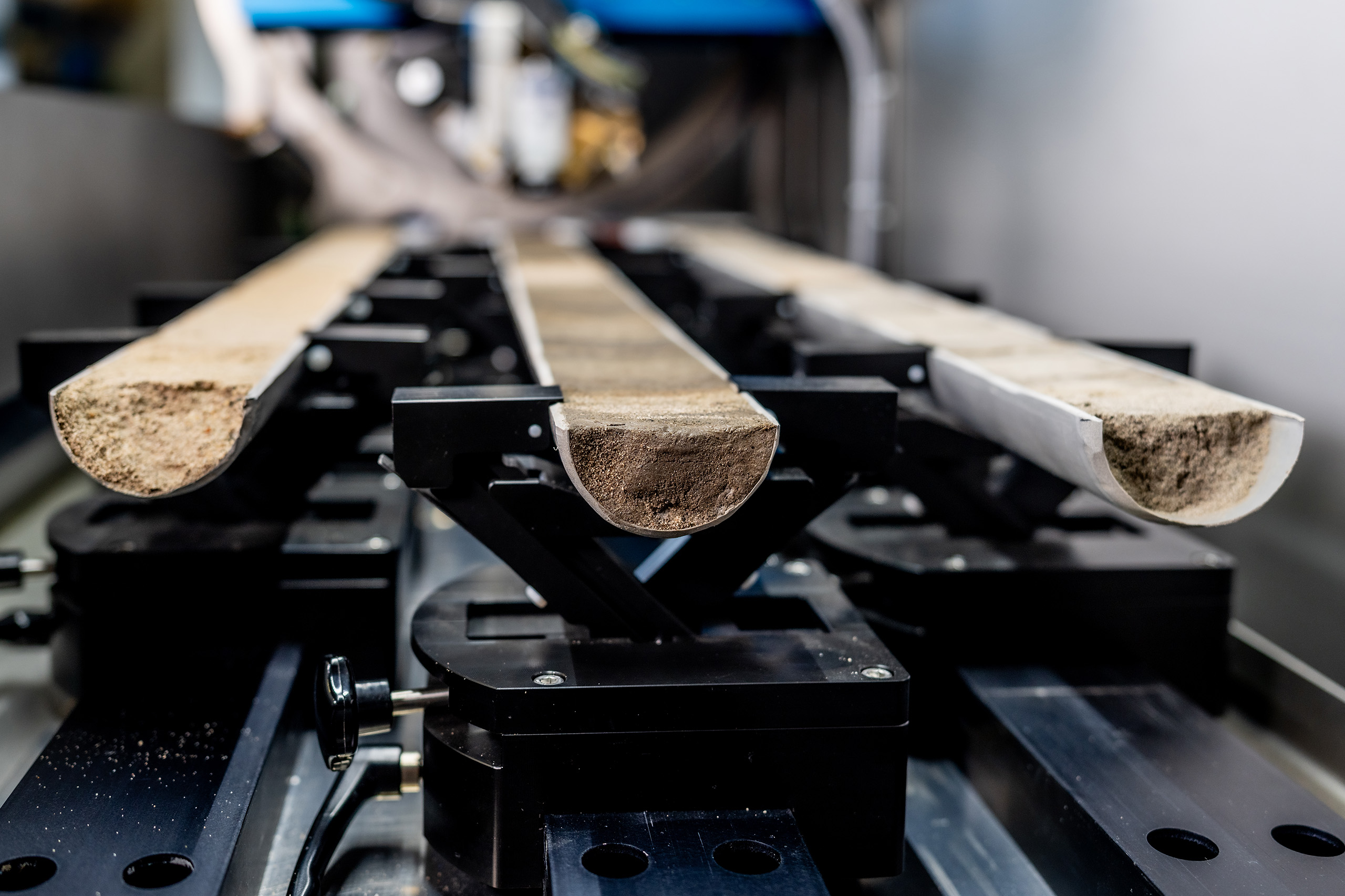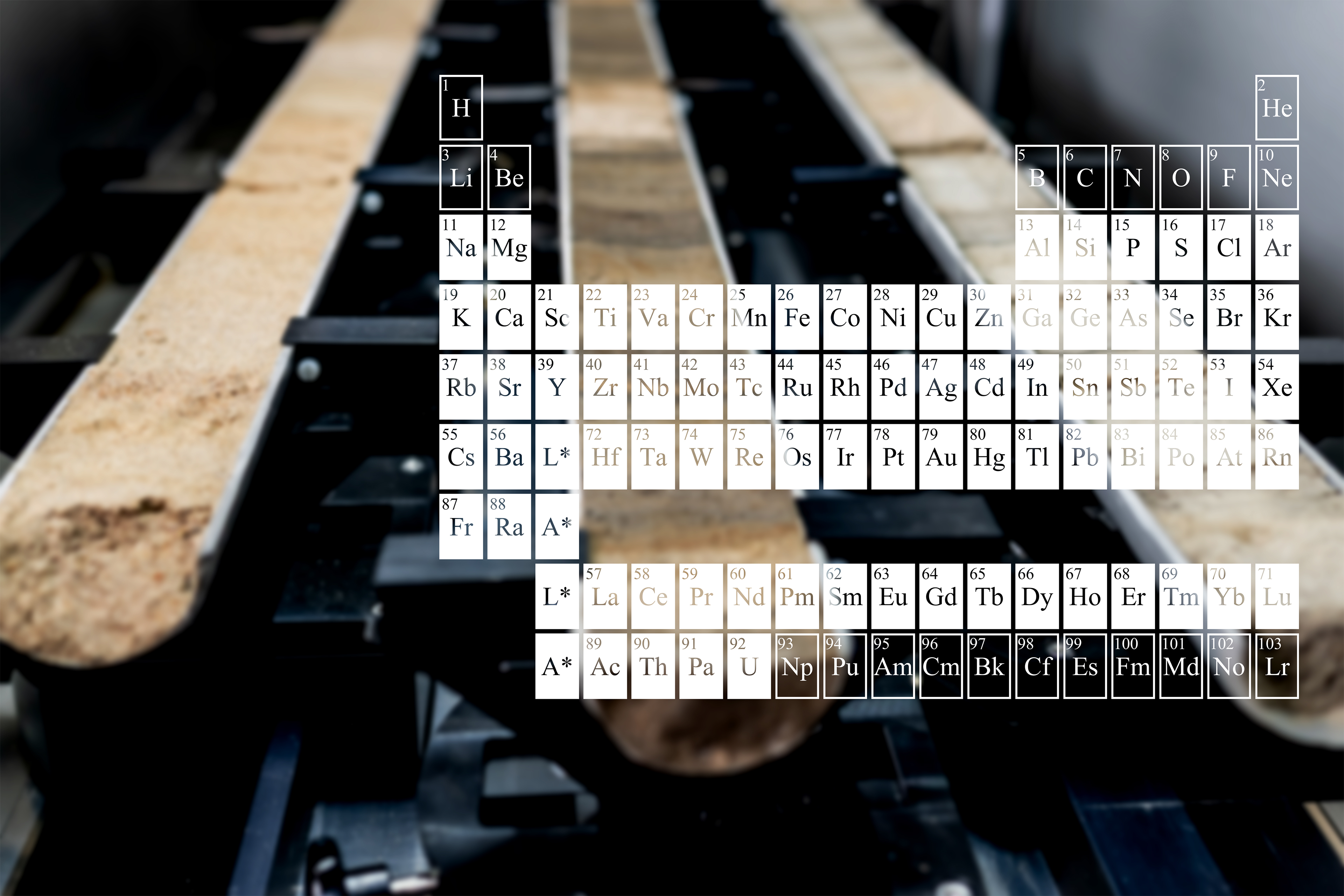NIOZ Collaboration
Since 2001, Avaatech has worked in close partnership with the Royal Netherlands Institute for Sea Research (NIOZ). As a spin-off from NIOZ’s technical department, AvaaTech continues to collaborate with its researchers on every major development, ensuring that the design of our XRF core scanners reflects the needs and practices of the scientific community.
NIOZ, the Royal Netherlands Institute for Sea Research, is the national oceanographic institute and the Netherlands’ centre of expertise for ocean, sea and coast.
NIOZ conducts fundamental research to better understand marine systems, the way they change, the role they play in climate and biodiversity, and how they may provide sustainable solutions to society in the future.
Since 2001, Avaatech has worked in close partnership with the Royal Netherlands Institute for Sea Research (NIOZ). As a spin-off from NIOZ’s technical department, AvaaTech continues to collaborate with its researchers on every major development, ensuring that the design of our XRF core scanners reflects the needs and practices of the scientific community.
This long-standing relationship allows us to combine engineering and science. Through ongoing collaboration, we gain insight into how researchers use our machines in the field and in the lab, how they approach core scanning, what kind of data they look for, and how they interpret results. These insights directly influence how we design, configure, and improve our systems.
NIOZ contributes extensive expertise in core analysis and data acquisition, they support installations and system upgrades, and handle science related user questions. Their scientists help configure measurement setups, provide data processing presets, and offer guidance on how setups might affect results. NIOZ’s scientific involvement ranges from technical development to training and support, bringing real research experience to the user’s side from day one.
Avaatech builds on this foundation by developing flexible, durable platforms that support multiple sensor types. Our engineering team ensures that each system is practical, stable, and able to evolve with future needs. The partnership creates a feedback loop, scientific use shapes technical design, which in turn improves scientific capability.
For researchers and institutions, this means more than just reliable hardware. It means working with a system developed in dialogue with scientists, installed by peers, and supported by both technical and scientific expertise. This shared approach keeps our systems accurate, relevant, and trusted by dozens of leading institutions worldwide, reflected in a wide range of scientific papers with varying applications.


